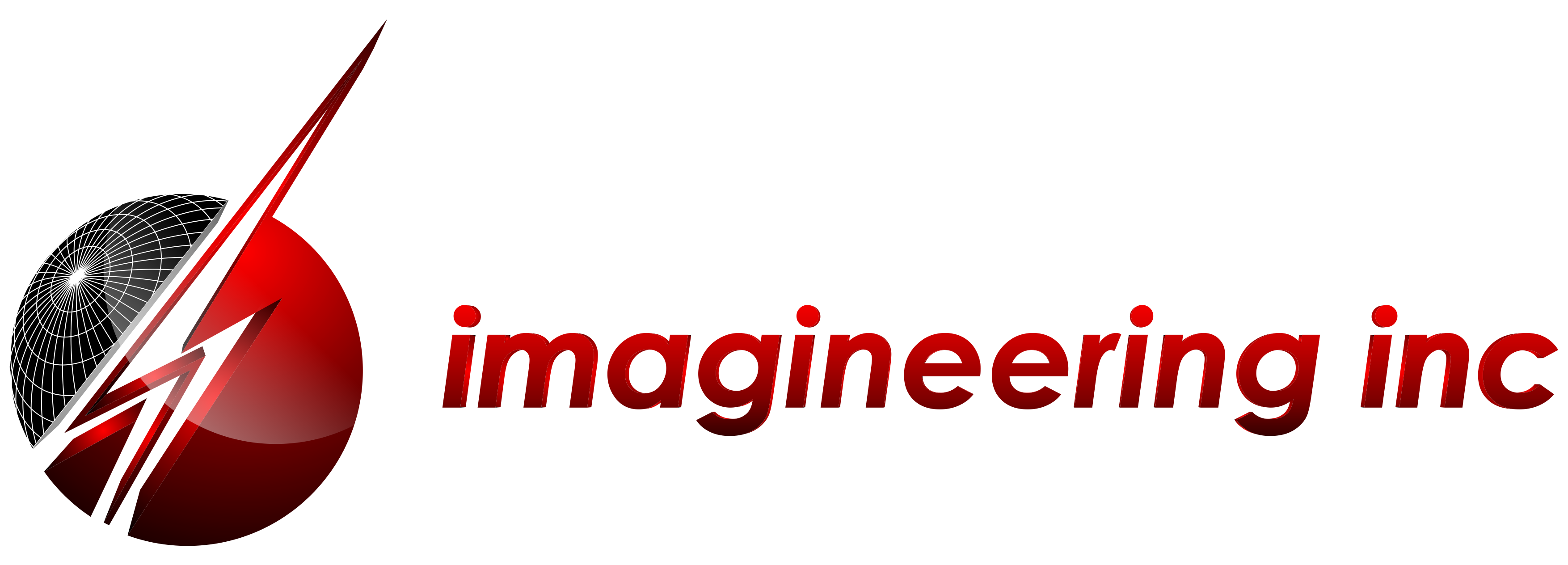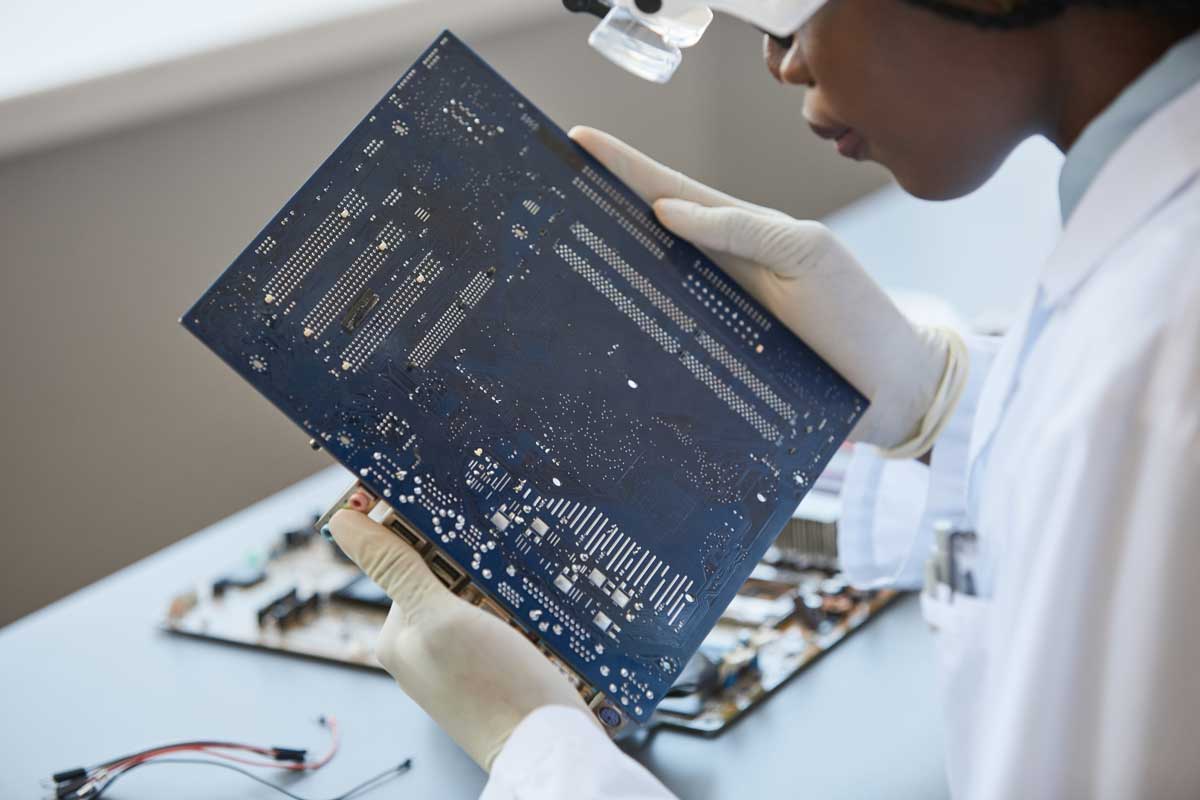In today’s hyper-competitive electronic marketplace, getting your innovative idea to market quickly is critical to staying ahead of the competition. However, what’s more important is that your product works exactly as you designed it.
That’s why choosing a PCB manufacturer that understands PCB prototyping is a step that can’t be skipped.
How can you ensure that you’re selecting a PCB manufacturer that can prototype your PCB quickly while adding value by suggesting enhancements to both functionality and manufacturability? This guide will help.
What is PCB Prototyping?
PCB prototyping is a process that happens before an entire manufacturing run. It involves creating an initial version of a PCB design to test its functionality, identify potential design flaws, and refine performance before committing to full-scale production.
PCB prototyping bridges design and manufacturing, ensuring that the final product meets all performance and reliability standards.
Key purposes of PCB prototyping include:
- Design Validation: Ensures the circuit performs as intended and aligns with project specifications.
- Cost Efficiency: Identifies flaws early, reducing costly errors during mass production.
- Customization: Offers flexibility to test unique layouts, materials, and configurations.
Every PCB manufacturer should engage in a prototype phase before production begins. However, each PCB prototyping process may look slightly different. That’s why it’s so important for you to choose a PCB manufacturer that understands the many unique challenges that can arise.
Common Challenges in PCB Prototyping
PCB prototyping helps optimize the functionality of your PCB and resolve potential issues in the manufacturing process before a full production run begins.
Before you choose any PCB manufacturer, ask them how they handle challenges like these:
- Miniaturization and multi-layer PCBs make prototyping intricate and prone to errors. Do they have the technology and expertise to create the PCB you need?
- The choice of substrate and conductive materials significantly impacts performance. Are they experienced with a wide range of materials, and do they have the supply chain to support your requirements?
- Rapid development cycles demand swift prototyping without compromising quality. How quickly can they move through the PCB prototyping phase?
- Ensuring the prototype adheres to manufacturing constraints is critical. Even well-designed prototypes might encounter issues during full-scale production. Does the manufacturer perform thorough *DFM checks?
*Design for Manufacturability (DFM) analyzes a PCB’s design to ensure it’s optimized for efficient manufacturing processes. It includes checking for material availability, tolerances, and assembly constraints.
For electronics manufacturers, prototyping is indispensable. It provides a tangible representation of your ideas, enabling you to troubleshoot and innovate confidently. A reliable PCB prototyping manufacturer can simplify this process, ensuring precision and speed so your project progresses smoothly from concept to completion.
Key Factors in Selecting a PCB Prototyping Manufacturer
Choosing the proper PCB prototyping manufacturer can make or break your project. Here’s what to look for to ensure success:
Technical Expertise and Capabilities
Manufacturers should be able to handle advanced PCB designs, including multi-layer, rigid-flex, and HDI boards. Ensure they can support your specific applications, whether you’re creating innovative consumer electronics or life-saving medical devices.
Quality Assurance
Look for certifications like ISO 9001, IPC-A-600, and UL to guarantee adherence to international standards.
Manufacturers with stringent QA testing protocols—like automated optical inspection (AOI), X-ray, and in-circuit testing—minimize defects.
DFM Checks
A competent manufacturer should offer DFM analysis as part of their prototyping services.
DFM checks help identify potential issues such as trace spacing, hole sizes, or material compatibility that might create bottlenecks in production.
By resolving these concerns during prototyping, you can avoid costly delays or redesigns when moving to full-scale manufacturing.
Turnaround Time
Rapid prototyping is crucial for meeting development timelines. A good manufacturer should be able to offer prototype lead times as short as 24 hours.
Flexibility is key; they should accommodate urgent orders without quality compromises.
Cost Transparency
A competitive pricing structure should come with clear, upfront cost breakdowns. Avoid manufacturers with hidden fees that could derail your budget.
Customer Support
Choose a manufacturer that provides real-time updates and responsive communication to keep your project on track.
How to Collaborate Effectively with a PCB Prototyping Manufacturer
Effective collaboration with your PCB prototyping manufacturer can significantly impact the success of your project. Here’s what you can do to ensure a smoother process, fewer revisions, and a faster path to a functional product.
1. Prepare Your Design Brief
Being well-prepared will give you the clarity you need to evaluate a potential PCB manufacturer fully. Make sure you have a full design brief ready to go that includes:
- Gerber files
- Bill of Materials (BOM)
- PCB Design Layout or CAD Files
- Assembly Drawings
- Testing Requirements
- Any special instructions or specifications you need
- A complete purchase order and project scope
Having these files and documents prepared in advance can streamline the collaboration process, avoid costly delays, and ensure the PCB project is completed to the highest standards.
2. Establish Clear Communication Channels
Identify key contacts and channels for both parties to streamline communication. Set expectations for regular updates, such as progress reports or milestone check-ins. Look for manufacturers willing and able to use project management tools or platforms to share files, track progress, and log feedback.
Proactive communication minimizes misunderstandings and keeps timelines on track.
3. Be Prepared to Leverage Feedback During the Prototyping Phase
Prototyping is iterative, and feedback is critical to refining the design. Collaborate closely with your manufacturer to:
- Review initial prototypes for functionality and adherence to specifications.
- Discuss any issues identified during testing and explore potential solutions.
- Make incremental adjustments to optimize performance before finalizing the design.
By following these steps, you can maximize the efficiency and success of your collaboration. Remember, a strong partnership with your PCB prototyping manufacturer is not just about producing a prototype—it’s about achieving a reliable, production-ready design.
How Imagineering Can Optimize Your PCB Prototyping Process
PCB prototyping can’t be avoided. It’s the most important pre-production step because it not only ensures your device works reliably as designed but is the best way to identify potential production hiccups and even optimize performance.
If you’re ready to start prototyping, Imagineering is ready to help. We’ve spent decades perfecting the PCB manufacturing process, including prototyping and full DFM checks. We offer same-day turnaround on prototypes, and our international presence gives us the flexibility to handle any production volume you need.
Get started now. Request a quote here.

